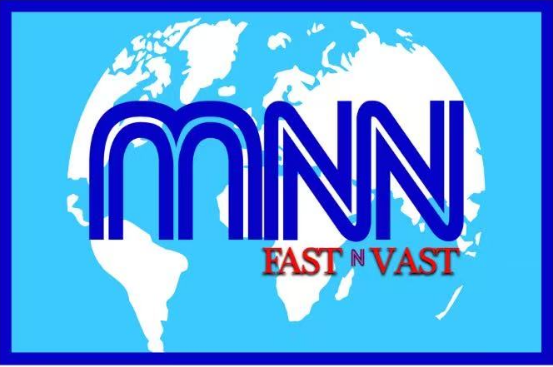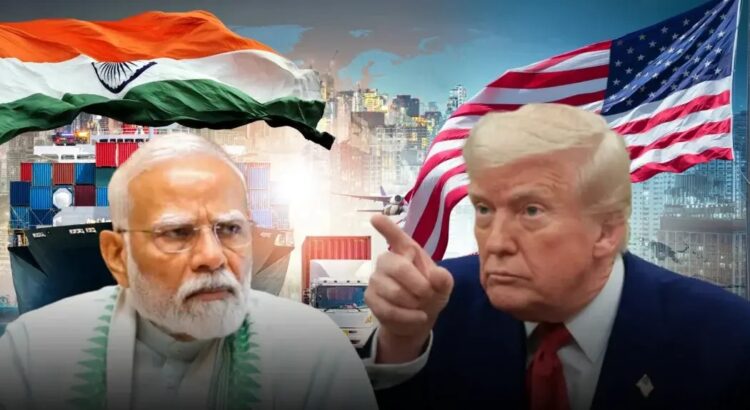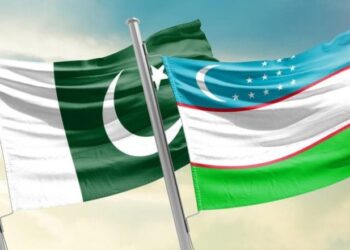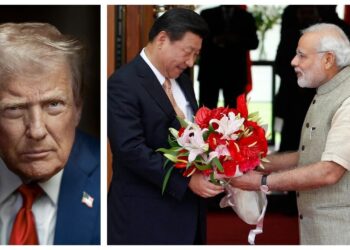MNN (Web-Desk); U.S. President Donald Trump announced on Tuesday that he plans to “very substantially” increase tariffs on Indian imports within the next 24 hours, citing India’s continued purchase of Russian oil as the main reason. The current tariff rate stands at 25%.
In an interview with CNBC, Trump said, “India has not been a good trading partner. They do a lot of business with us, but we don’t do business with them. I had settled on a 25% tariff, but now I’m going to raise it significantly because they’re buying oil from Russia.”
Accusing India of “fueling the war machine” in Ukraine, Trump criticized New Delhi for supporting Moscow through energy trade. He also expressed frustration over India’s high import tariffs and hinted at further penalties, though he did not specify the new rate.
Just last week, Trump warned of a 25% tariff on Indian goods and said India would face additional, unspecified consequences. In a separate comment, he remarked, “I don’t care what India does with Russia. They can crash their economies together, for all I care.”
Despite Trump’s threats, Indian government officials told Reuters that New Delhi will continue purchasing Russian oil. Meanwhile, White House Deputy Chief of Staff Stephen Miller accused India of indirectly funding Russia’s war effort.
India’s Ministry of External Affairs (MEA) responded with a strong statement, calling the U.S. stance unfair. It noted that India only turned to Russian oil after traditional suppliers diverted their exports to Europe following the Ukraine conflict. At that time, Washington had actually encouraged such imports to stabilize global energy markets.
The MEA further pointed out that Western countries criticizing India were themselves still engaged in trade with Russia—including imports of energy products, fertilizers, metals, and machinery.
Highlighting the U.S.’s own trade with Russia, the statement said America continues to import uranium for nuclear power, palladium for electric vehicles, and various chemicals and fertilizers.
“In this context, targeting India is both unjustified and unreasonable,” the MEA asserted. “As a major economy, India will act to protect its national and economic interests.”
India, the world’s third-largest oil importer, is currently the largest buyer of seaborne Russian crude—a critical revenue source for Moscow.
Trump’s proposed tariffs on India exceed those imposed on several other countries. For comparison, Vietnam faces a 20% tariff, Indonesia 19%, and Japan and the EU 15%.
The tariff threats come shortly after Trump announced a trade agreement with India’s rival, Pakistan—an accord Islamabad said would ease duties on its exports. This has added to tensions between Washington and New Delhi, especially following the recent India-Pakistan skirmish in May.
Though Indian Prime Minister Narendra Modi previously enjoyed warm public relations with Trump—supporters even went as far as building a temple in his honor—relations have cooled in recent weeks.
Trump has claimed credit for brokering a ceasefire between India and Pakistan on May 10, a claim New Delhi disputes.
By sharply criticizing India’s economy and trade practices, Trump has put Modi’s government in a difficult position. While Indian businesses had high hopes for Modi’s balancing act between the U.S. and Russia, those expectations now appear to be unraveling.
























